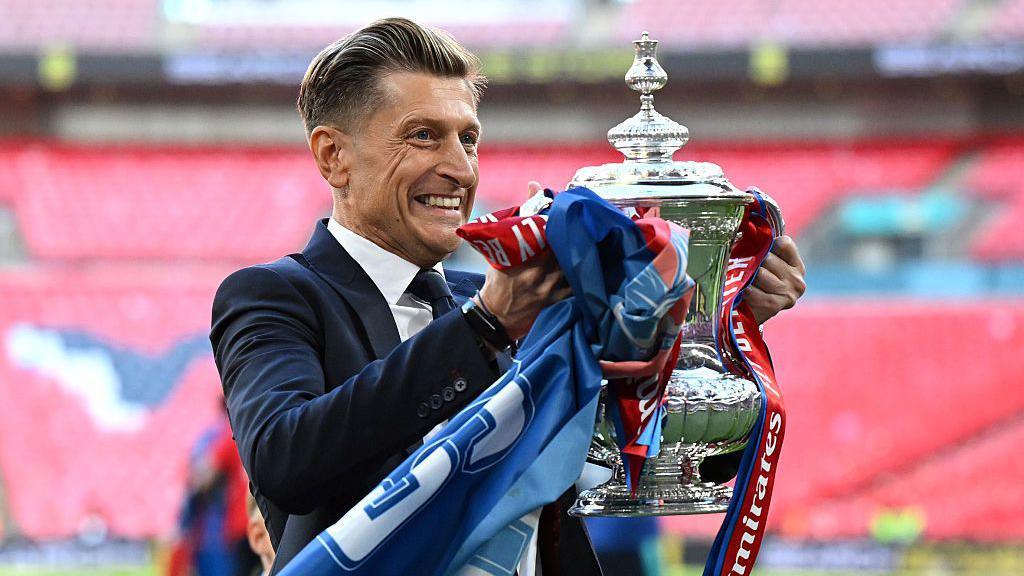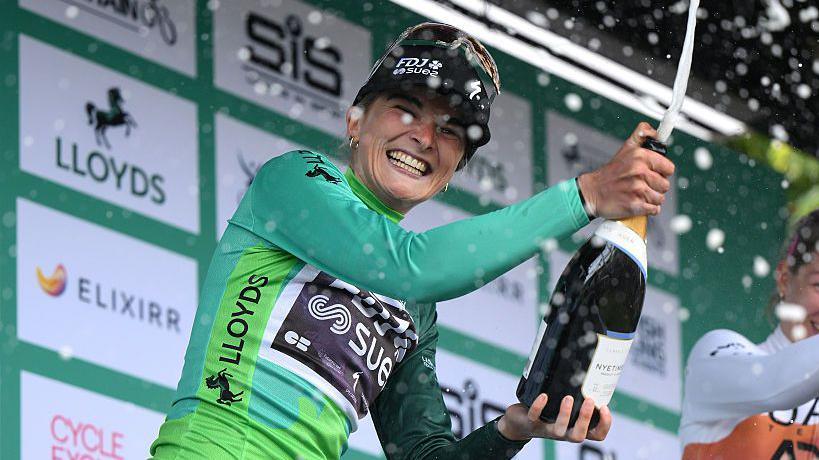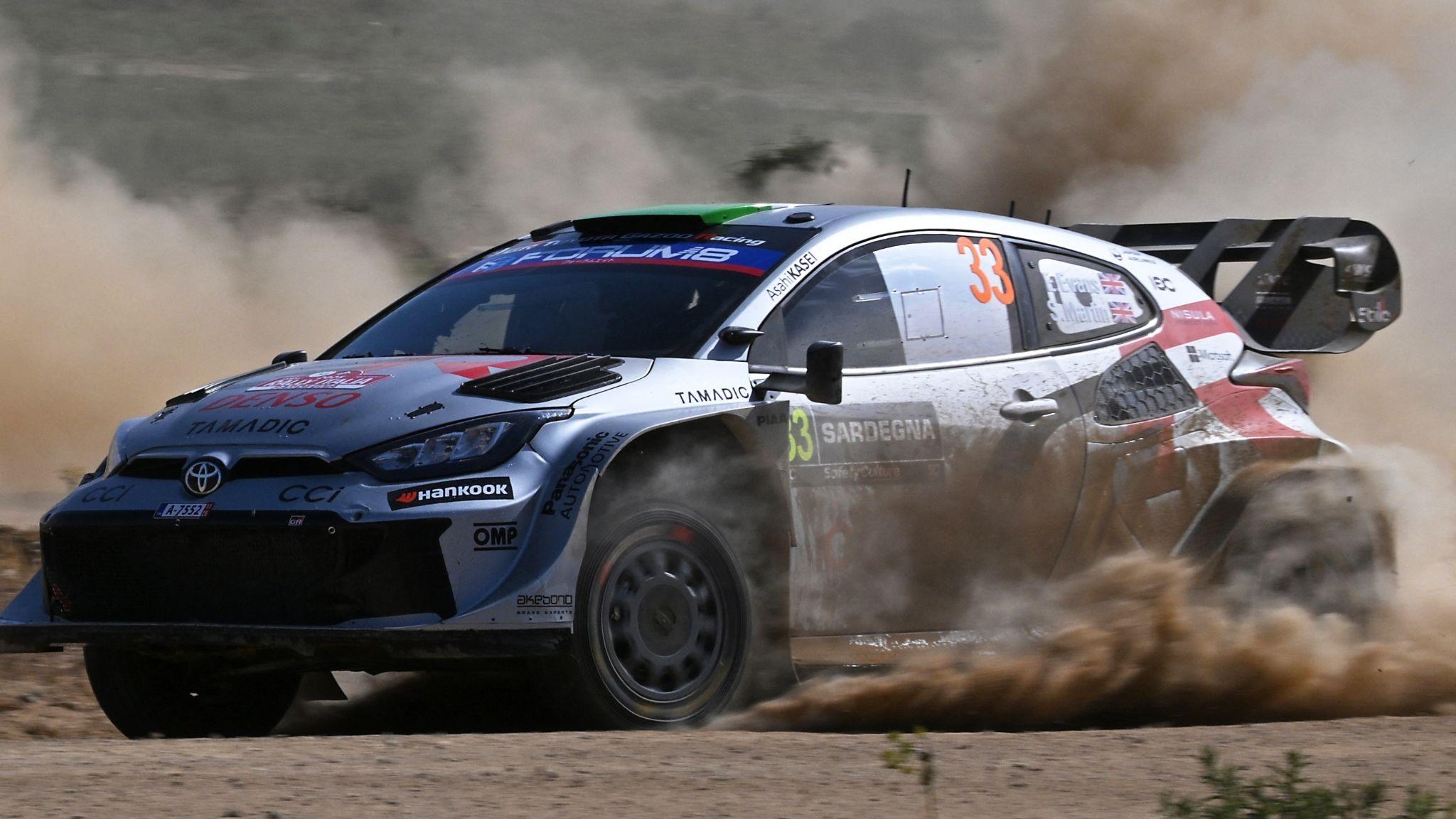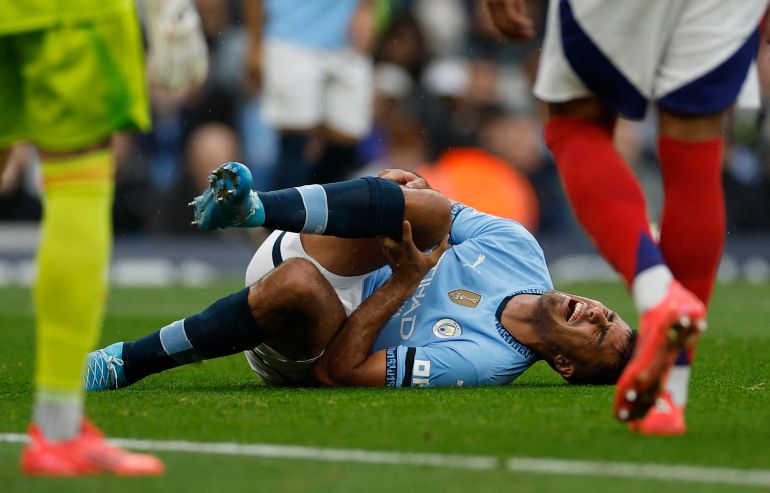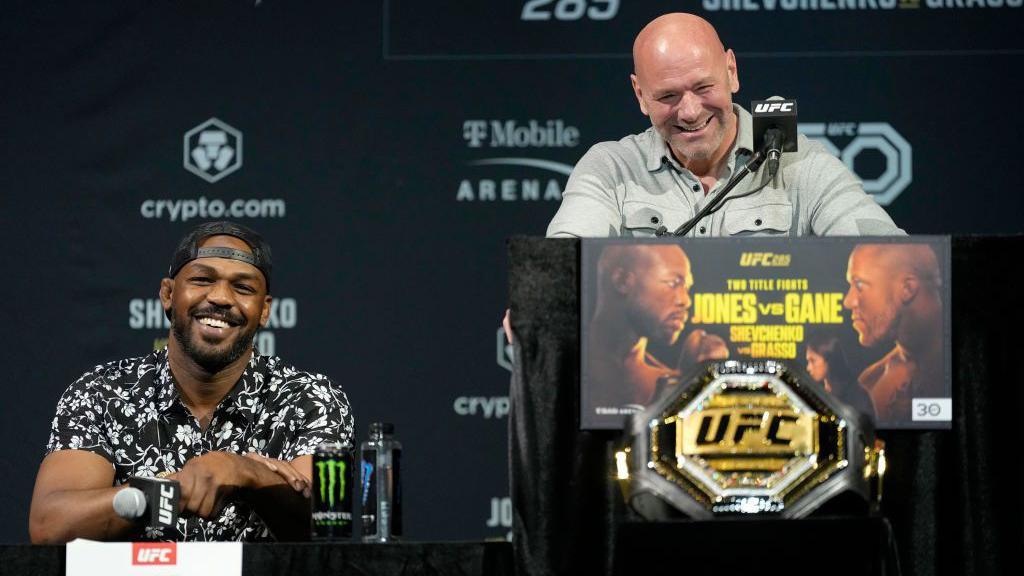Crystal Palace are anxiously waiting to hear whether their European dream is over before it even begins.
Winning the FA Cup – the Eagles’ first major trophy triumph – resulted in the south London club qualifying for the Europa League, the club’s only qualification into continental football in their 164-year history.
However, whether Palace can start planning for European football is in the hands of governing body Uefa, who must decide whether the Eagles have breached its rules on teams under one multi-club ownership structure competing in the same European competition.
Uefa’s final ruling will centre on American businessman John Textor, owner of Eagle Football – which holds a 43% stake in Palace.
Eagle Football also owns a 77% stake in French side Lyon, who – like Palace – have qualified for next season’s Europa League.
Palace deny operating multi-club model
Uefa’s regulations are in place to prevent collusion between clubs. At the heart of Palace’s argument is that their historic FA Cup win and consequential European qualification was an achievement accomplished entirely on their own merit.
Palace are insisting they are an entity that operates entirely independently, and not within the structures of a multi-club model.
Sources with knowledge of the situation have told BBC Sport that Textor’s personal share in the Selhurst Park side does not meet the 30% threshold – which is key in Uefa determining decisive influence – and that he has just 25% of the voting rights.
Uefa’s rules state that “no individual or legal entity” can hold a majority of shareholder voting rights at two clubs in the same European tournament.
Additionally, it is understood Palace have made clear they had no assistance in winning the FA Cup, in that they have not collaborated with Lyon since Textor’s original investment into the club in August 2021 and will have no connection with the French side during next year’s Europa League.
The Premier League side are believed to have pointed out that there have been no transfers between the clubs since Jake O’Brien, now at Everton, left Palace for Lyon in August 2023.
Palace also say there has been no employee, backroom staff or coach sharing, no dialogue, no collaborative strategy, no combined partnerships, sponsorships or commercial deals and no collective scouting, analysis or software collaborations.
It is accepted, and been widely reported, that chairman Steve Parish and his leadership team make all final decisions in relation to the management and operations at Palace.
That working structure has existed for a decade and is supported by fellow shareholders Josh Harris and David Blitzer.
Indeed, Textor, who only has one vote, has publicly spoken about his lack of influence at Selhurst Park.
“As proud as we are to have been a part of the resurgence of Crystal Palace, it remains true that Crystal Palace is an independent club, run by a man with a steady hand, who has achieved a level of sustainability that is incredibly uncommon in today’s Premier League,” said Textor in May 2024.
“An integrated sporting model, such as ours at Eagle, is simply not a perfect fit for Crystal Palace.”
It has been pointed out to Uefa that Textor is an individual and minority shareholder and, when he first invested into Crystal Palace in 2021, he owned no other clubs and his investment into other teams followed later.
Textor could resign as Palace director

Under Article 5 of Uefa’s rulebook, which relates to the integrity of the “competition/multi-club ownership”, a club is required from 1 March 2025 to have complied with the requirements necessary to prove they are not “simultaneously involved in any capacity whatsoever in the management, administration, and/or sporting performance of more than one club participating in a Uefa club competition”.
In the past clubs have sought to divest the stakes of key shareholders with a view to complying with Uefa’s regulations.
For example, the City Group, Ineos, Red Bull group and most recently Nottingham Forest owner Evangelos Marinakis have adapted their shareholdings in clubs accordingly to ensure their teams can compete in the same European competitions.
Last year Ineos, which owns Manchester United, put its shares in French club Nice into a blind trust to ensure both clubs could compete in the Europa League last season.
Ineos made a similar move earlier this season by placing its ownership of Swiss club Lausanne-Sport into a blind trust, before a potential conflict in the 2025-26 campaign.
Uefa’s rules regarding the 1 March deadline are clear – and clubs have sought to comply with the regulations and cut-offs. A template for Palace to follow is in place.
However, Palace are understood to have made clear that Textor’s position means he cannot be enforced by the club to place his shares into a blind trust, owing to a lack of legal authority, unlike previous precedents where a single entity owns multiple clubs.
Parish, as has been well documented, effectively holds the deciding vote at Palace with the backing of Harris and Blitzer, so existing shareholder agreements would need to be altered to enforce a blind trust scenario – which is not within the club’s power and infringes on Textor’s property rights.
There is also a sense that the chain of events that have left Palace’s position in European football in jeopardy were unforeseen and is a factor towards why they failed to meet the deadline for ownership restructuring.
Palace faced Millwall in the FA Cup fifth round on 1 March. Since then they beat Champions League clubs Aston Villa and Manchester City en route to winning the trophy.
French side Strasbourg conceded a 90th-minute goal on the final day of the season to hand Lyon the final Europa Conference League spot, before Paris St-Germain later won the French Cup to elevate Lyon into the Europa League.
If Uefa rules that Lyon and Palace cannot both compete in the Europa League, regulations state that the French side will play in the competition because of their higher league finish.
In that scenario Palace could play in the Europa Conference League, but even then there is the added complication that Danish club Brondby, who have qualified for the Conference League, are owned by Harris and Blitzer.
Having missed the deadline, Palace have expressed to Uefa that they are prepared to take immediate steps to comply with their requirements.
‘Europa League ban is disproportionate’
It is understood Palace are arguing that banning them from the Europa League would result in a disproportionate sanction and unfairly punish the club, players, staff, fans and local community.
Their thoughts are that preventing the club from competing in the Europa League next season would result in an injustice, particularly given their breach is technical and that no competitive harm has transpired.
It is believed Palace also feel that refusing them a place would contradict the promotion of football’s development that ensure that “sporting values always prevail”, as per Article 2 of Uefa’s statutes.
Therefore, sources are indicating that Palace believe a fine or temporary oversight measures – for example the monitoring of transfers – would appropriately punish a breach, without harming stakeholders who have no involvement in the ownership issue.
Related topics
- Europa League
- Premier League
- Crystal Palace
- Football
